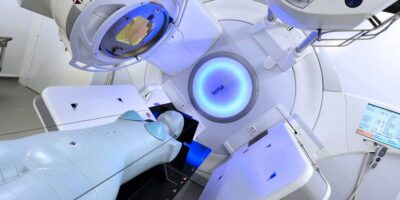Million-year-old viruses help fight cancer, say scientists: Endogenous retroviruses (ERVs) are remnants of ancient viruses that have integrated into the DNA of our ancestors millions of years ago. For many years, ERVs were thought to be “junk DNA” with no known function. However, recent research has suggested that some ERVs may actually play important roles in our health and disease.
In cancer, ERVs have been found to be activated in certain types of tumors. This activation can lead to the production of viral particles that can infect and kill cancer cells. Importantly, these viruses seem to be specific to cancer cells and do not harm healthy cells, making them a potentially promising therapeutic approach.
One approach to using ERVs in cancer therapy is to genetically modify them to enhance their ability to target and kill cancer cells. For example, researchers have developed modified ERVs that express specific proteins that can help the virus to infect and kill cancer cells more effectively.
Another approach is to use ERVs as a basis for developing new cancer vaccines. This involves using ERVs as a way to stimulate the immune system to recognize and attack cancer cells. Researchers are currently exploring this approach in clinical trials.
Several clinical trials are currently underway to test the safety and effectiveness of ERVs in cancer therapy. For example, the Toca 511 trial I mentioned earlier is testing a modified ERV in patients with recurrent brain cancer. The results of this trial and others like it will provide important information on the potential of ERVs as a new approach to cancer treatment.
While the use of ERVs in cancer therapy is an exciting area of research, it is important to note that much more work needs to be done to determine their safety and effectiveness. However, the potential of these ancient viruses to provide a new and innovative approach to cancer treatment is certainly an area of great interest to the scientific community.




Leave a Reply